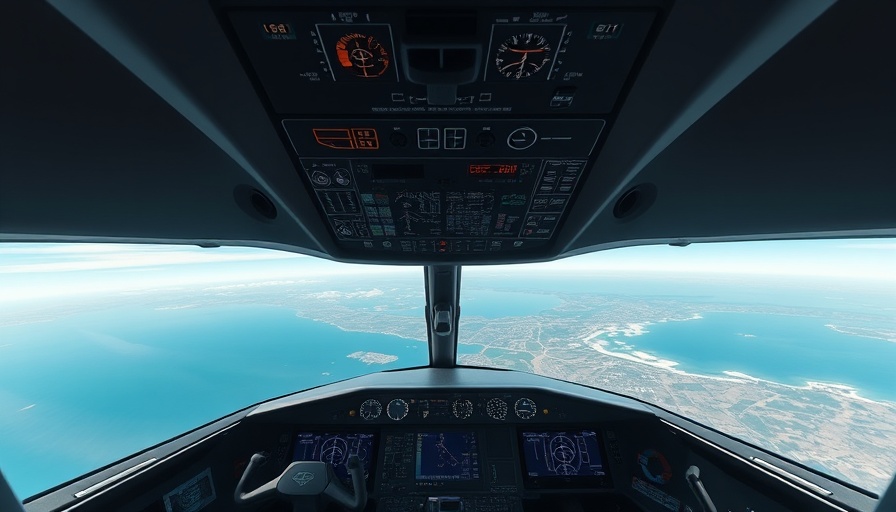
The Nuances of Navigating ILS and RNAV Approaches
Aeronautical decision-making in aviation isn't straightforward. While pilots often choose between ILS (Instrument Landing System) and RNAV (Area Navigation) approaches, the decision isn't merely one of preference but rather based on situational variables.
As noted by Max Trescott, a seasoned instructor, the choice becomes crucial especially when both types have similar minimums. For many general aviation pilots, RNAV approaches are often favored due to their reliance on GPS technology which can be less prone to errors compared to traditional ILS signals derived from ground-based transmitters. An unfortunate instance from March 2019 highlights this; a flight experienced difficulties due to signal issues caused by localizer antennas buried in snow. Such vulnerabilities underscore the complexity of ILS systems compared to RNAV approaches.
Exploring the Benefits of RNAV
One of the primary advantages of RNAV approaches is that they can eliminate the necessity to switch navigation sources mid-approach. When flying an ILS, pilots must switch the CDI (Course Deviation Indicator) from the magenta GPS needle to the green ILS needle, a seemingly trivial task that can lead to significant distractions. The Garmin G1000 and Cirrus Perspective systems may automate these transitions, simplifying the pilot's workload and enhancing safety.
Moreover, RNAV approaches can facilitate more direct routes to the runway without the need for intermediate navigation aids, which reduces communication, frequency changes, and the potential for errors.
Learning to Fly: Tips for New Aviators
For aspiring pilots and those eager to learn to fly, grasping the nuances of these approaches is essential. Begin with understanding the fundamental differences between ILS and RNAV systems—while both serve the purpose of guiding aircraft to land, their operational mechanics can vary significantly.
Flight simulators can be immensely beneficial in this learning journey. Engaging with programs like X-Plane, where RNAV and ILS approaches can be practiced in a risk-free environment, allows pilots to familiarize themselves with the characteristics and challenges of different approaches.
The Road Ahead: Future Trends in Aeronautical Approaches
The aviation industry continues to evolve, and the future of approach procedures is leaning heavily toward precision navigation systems like RNAV due to the growing reliance on satellite technology. With ongoing advancements in GPS capabilities, we may witness more airports adopting RNAV procedures, giving pilots a more robust toolset for safer flight operations.
As aviation technology becomes more refined, pilots will need to stay updated with training and best practices. Mastering RNAV could prove critical as air traffic becomes increasingly congested and more airports explore efficient landing solutions.
Common Misconceptions: Breaking Down ILS and RNAV
Despite the clear advantages, there are still misconceptions surrounding RNAV systems. Some pilots may believe that RNAV approaches lack the precision of ILS. However, with advancements like LPV (Localizer Performance with Vertical Guidance), RNAV approaches can be just as precise and reliable, integrating seamlessly into modern avionics that many business jets and general aviation aircraft now utilize.
This shift in perception is vital as aviation continues to adapt to technological innovations that enhance safety and operational efficiency.
Summary and Next Steps
In conclusion, understanding how to choose between ILS and RNAV approaches is invaluable for all pilots. As obstacles are navigated in the airspace, each pilot's decision-making plays a pivotal role in ensuring safe landings. Always seek to learn more about your aircraft's functionalities and stay abreast of the latest developments in aviation technology.
Ready to embark on your flying journey? Start learning to fly today—a world of adventure awaits in the skies above!
 Add Row
Add Row  Add
Add 




Write A Comment